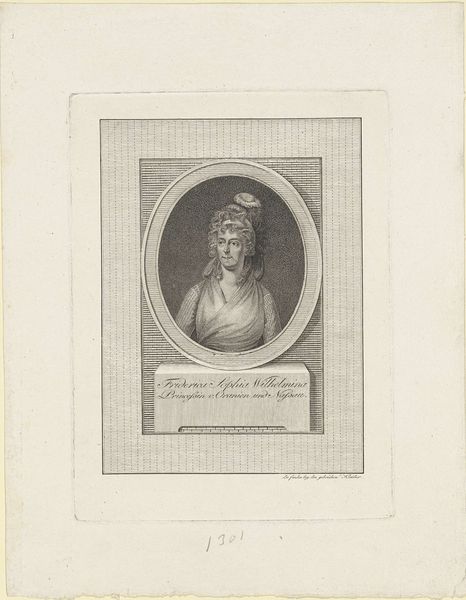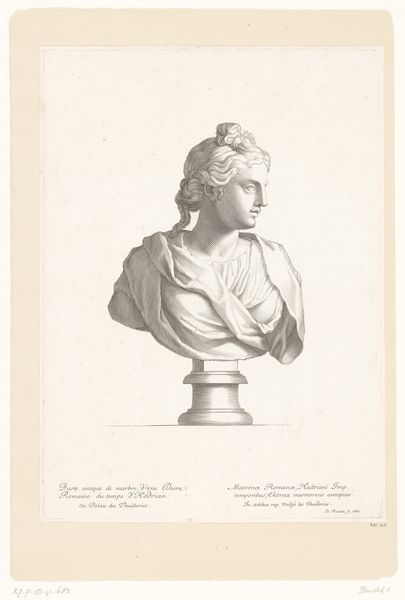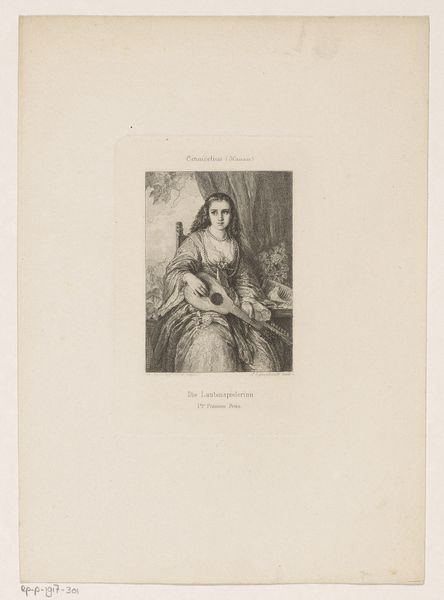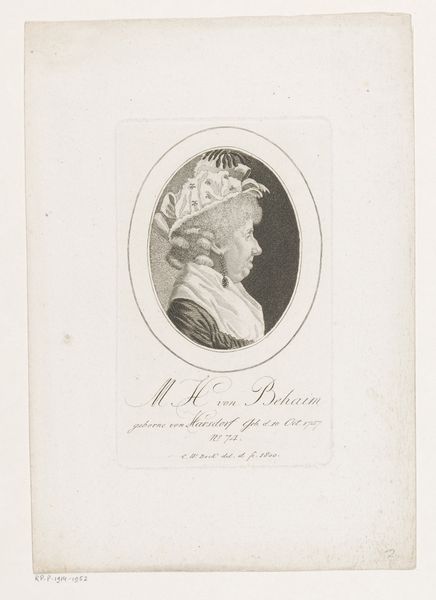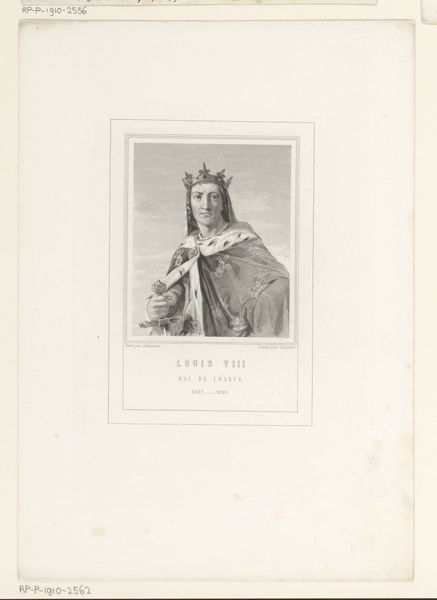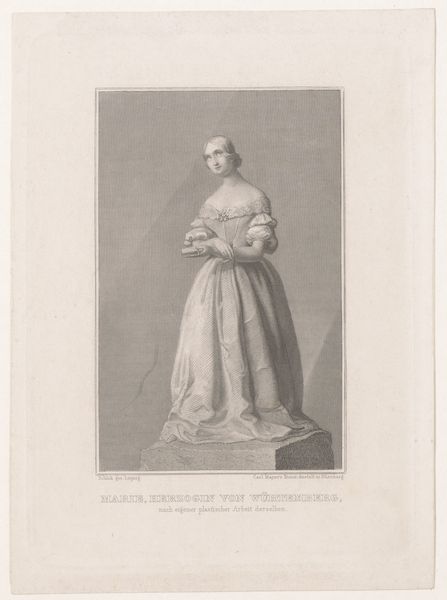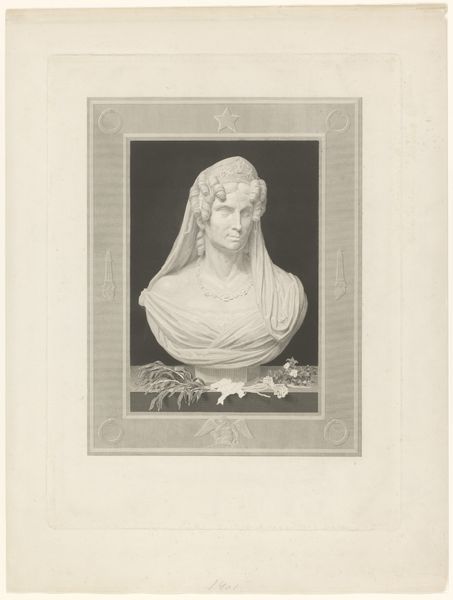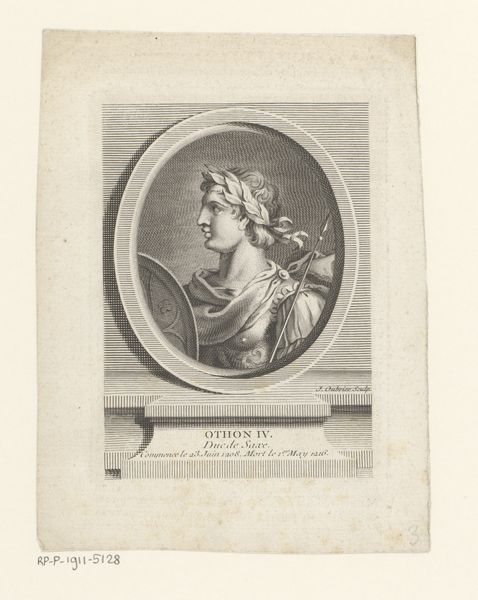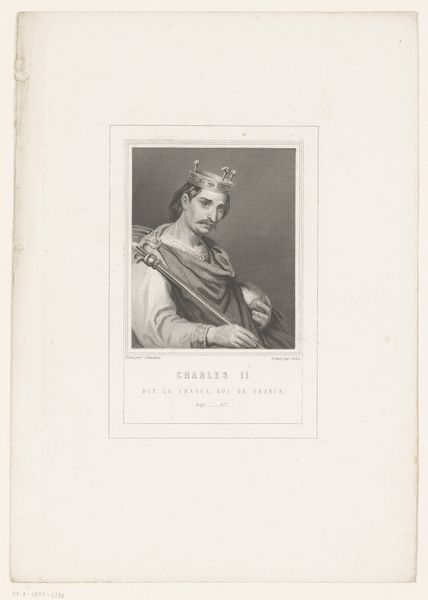
print, engraving
#
neoclacissism
# print
#
old engraving style
#
classicism
#
history-painting
#
engraving
Dimensions: height 275 mm, width 185 mm
Copyright: Rijks Museum: Open Domain
Editor: This engraving, "Portret van koning Lodewijk X", dates between 1820 and 1865 and is attributed to François-Adolphe-Bruneau Audibran. It strikes me as rather formal, befitting a royal portrait, but there’s also something almost stark about its simplicity. How do you approach a piece like this? Curator: For me, it starts with the materials. Here we have an engraving, a printmaking process dependent on reproducible labor. Think about the social implications. The image of the King, traditionally reserved for the elite, suddenly becomes more accessible to a wider audience. It's no longer a unique, precious object, but a commodity. How does the choice of engraving democratize, or perhaps manipulate, the perception of power? Editor: That's interesting. So the medium itself carries a message? I was thinking about the classical style... Curator: Exactly. But classicism itself is not neutral. The materials and style are deliberate choices reflecting particular social and political values. It is manufactured to meet particular social need for image distribution. Why would an artist choose this medium to depict a king from history in this timeframe? What type of value judgements are made by casting the king and France through a classical lens at the given period of manufacture? Editor: Perhaps to legitimize the monarchy by linking it to the glory of ancient empires? It suggests that the monarch and their systems are immutable... or maybe they are trying to inspire some national unity after some divide. Curator: Precisely! Consider the networks of labor involved in the image’s production, distribution, and consumption. From the engraver, the ink maker, and paper makers, to the seller, and then ultimately the person consuming the image. By considering all of the levels and points of contact in society involved with this work, we start to unpack assumptions behind it. Editor: It makes me see it differently, focusing less on just the image of the king and more on its role as a manufactured object within a larger system. Curator: That’s the key – understanding the material conditions of art making to decode its deeper cultural significance.
Comments
No comments
Be the first to comment and join the conversation on the ultimate creative platform.
